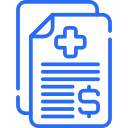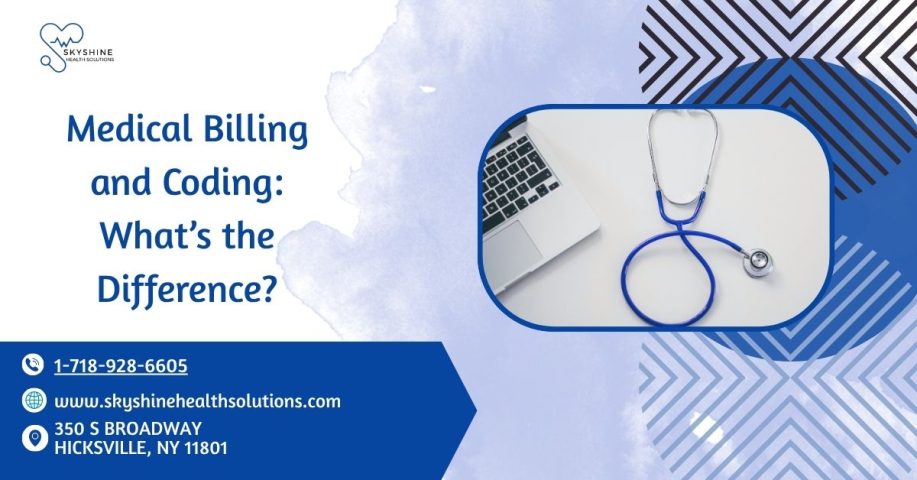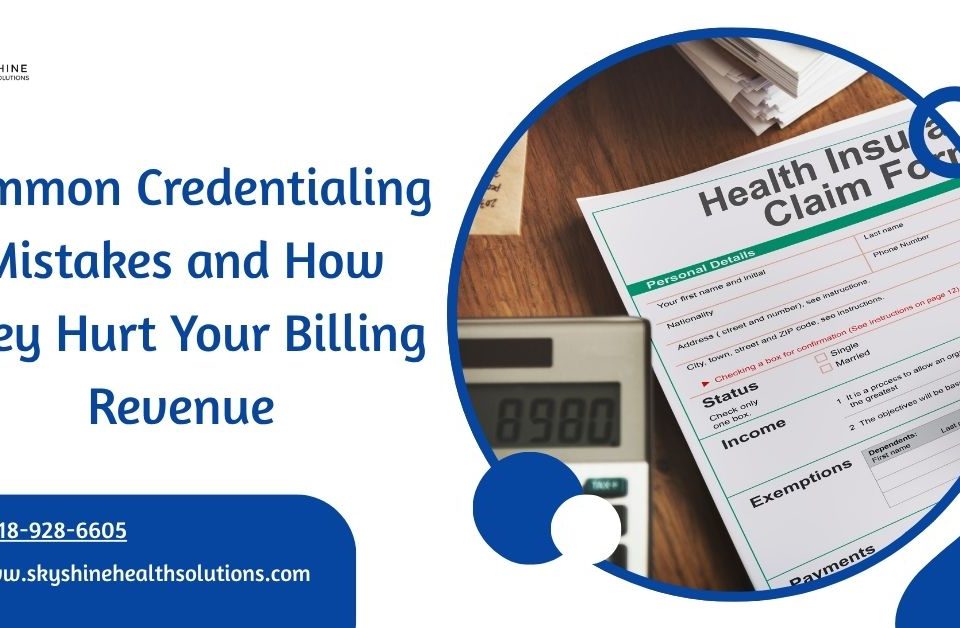
Medical Billing: Its Relevance in Healthcare
May 19, 2025
Understanding the Revenue Cycle Management (RCM) Process
May 22, 2025In the complex world of healthcare administration, medical billing and medical coding play vital roles in ensuring that providers get paid for the care they deliver. Although people often use the terms together and sometimes interchangeably ,they represent two distinct processes within the healthcare revenue cycle.
What Is Medical Coding?
Medical coding involves translating healthcare diagnoses, procedures, services, and equipment into standardized alphanumeric codes. These codes come from established code sets, including:
Responsibilities of a Medical Coder:
-
-
- Review patient charts and clinical documentation
- Assign accurate codes to diagnoses and procedures
- Ensure compliance with industry regulations
- Collaborate with physicians to clarify unclear documentation
-
Medical coders act as the translators of healthcare, converting complex medical details into a format that insurance companies can easily interpret.
What Is Medical Billing?
Once the coding is complete, medical billing professionals use those codes to create insurance claims and invoices for patients. Their main goal is to ensure the healthcare provider receives proper reimbursement.
Responsibilities of a Medical Biller:
-
-
- Create and submit claims using provided codes
- Verify patient insurance eligibility and benefits
- Follow up on denied or unpaid claims
- Generate patient invoices and manage collections
- Communicate with insurance companies and patients
-
In essence, medical billers serve as the financial bridge between providers, insurers, and patients.
How Do Medical Billing and Coding Work Together?
Though billing and coding are distinct, they are deeply interconnected. Here’s a simplified look at the process:
-
-
- A provider treats a patient and documents the encounter.
- A medical coder reviews the documentation and assigns the appropriate codes.
- The medical biller uses those codes to prepare and submit insurance claims.
- The insurer reviews the claim and either pays it or sends back a denial with an explanation.
- The biller follows up on denied claims or bills the patient for any remaining balance.
-
In smaller healthcare practices, one person may handle both roles. However, larger organizations usually separate them into different departments for better efficiency
Key Difference at a Glance
| Aspect | Medical Coding | Medical Billing |
|---|---|---|
| Main Function | Assigns codes to diagnoses and procedures | Submits claims and manages reimbursements |
| Focus Area | Clinical documentation | Insurance claims and financial transactions |
| Tools Used | ICD-10, CPT, HCPCS | Claim forms, billing software, EHR systems |
| Interaction With | Providers, coders | Insurers, patients, coders |
| Goal | Ensure accurate and compliant coding | Ensure timely and accurate reimbursement |
Why It Matters ?
Understanding the difference between coding and billing enlightens us as to how the provider gets paid, and the patient gets billed. It also shows the value of precision — a minute coding error can result in denial of claim, extended payment, or even compliance issues.
Final Thoughts
Both medical billing and coding are vital to the health of the finances of the healthcare industry. While medical coders ensure that the care provided is properly and sufficiently documented, medical billers take that documentation and turn it into reimbursement. They both ensure that healthcare services are adequately recorded, billed, and reimbursed.
Whether you’re exploring a career in healthcare administration or looking to improve your clinic’s revenue cycle, knowing the difference between medical billing and coding is a great first step.

Learn more on Prepare for a Billing Audit Guide (2025)
For details, visit Skyshine Health Solutions















